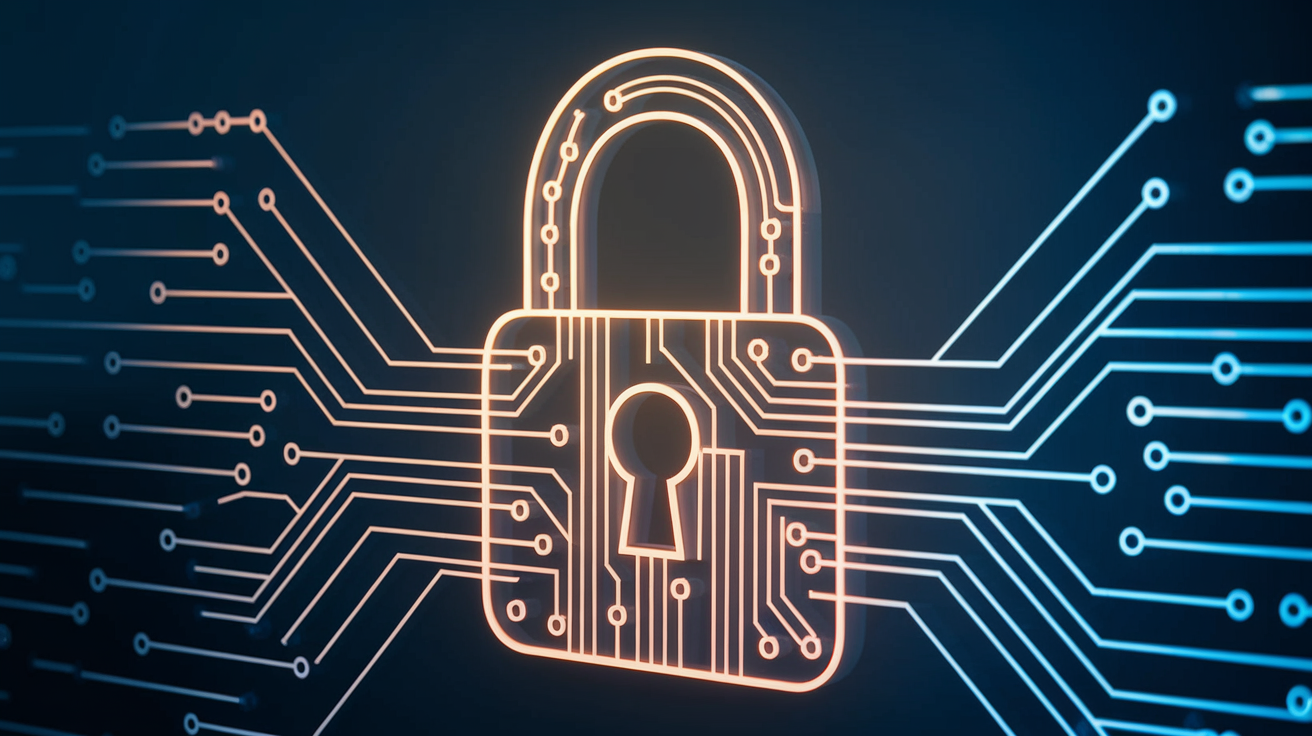· cybersecurity · 3 min read
Why Machine Attestation is Key in the Age of CMMC
Under the DoD’s CMMC Program, maintaining continuous compliance is crucial, and machine attestation provides the consistency and accuracy human checks can’t match. By automating compliance tracking, contractors can ensure real-time verification, creating a robust audit trail and reducing compliance risks across contract lifecycles.

As the Department of Defense (DoD) rolls out the Cybersecurity Maturity Model Certification (CMMC) Program, defense contractors and subcontractors are required to prove that they have implemented critical security controls to protect Federal Contract Information (FCI) and Controlled Unclassified Information (CUI). This isn’t a one-time compliance checkbox; contractors must maintain CMMC standards consistently throughout the contract’s period of performance. Relying solely on human attestation in this environment introduces risks that could jeopardize compliance status. Machine attestation, therefore, isn’t just a recommendation, it’s emerging as a strategic necessity particularly for ensuring ‘continuous compliance’.
Limitations of Human Attestation in CMMC Compliance – Case for Machine Attestation
Under CMMC, the DoD will assess whether a contractor maintains their designated security level across evolving performance standards. Human attestation methods struggle to keep up with this level of dynamic verification. Human assessments, while valuable for strategic oversight, are prone to subjective interpretation and occasional oversights, which can undermine the consistency and reliability CMMC demands. Errors in documentation or missed details in periodic reviews can go unnoticed, leading to potential compliance gaps that are difficult to detect until an audit flags them. Machine attestation offers a way to address these challenges by integrating an unbiased, evidence-based approach that functions in real time, catching issues as they arise rather than after the fact.
For instance, CMMC’s specified levels require not only initial compliance but ongoing demonstration that controls remain robust throughout the contract’s lifecycle. Machine-based attestation systems can track compliance continuously, instantly flagging lapses or changes in security postures that would otherwise only surface in scheduled audits.
The CMMC framework emphasizes strict accountability, and machine-generated evidence offers a reliable audit trail that can support a contractor’s claims of compliance. In legal or regulatory scrutiny, having machine-based records as proof of continuous compliance aligns well with the DoD’s intentions under CMMC, where evidentiary rigor is necessary. Human attestation alone may fail to withstand this level of inspection, as it cannot guarantee the same degree of continuous verification.
To align with CMMC standards and ensure a resilient compliance structure, contractors should consider incorporating machine attestation alongside their compliance strategies. Investing in automated systems such as surveilr and Opsfolio enables compliance teams to track, report, and maintain security requirements seamlessly, allowing personnel to focus on responding to specific threats or changes rather than managing evidence for each CMMC requirement manually.
Virtual CISO (vCISO) services also offer a strategic advantage by providing contractors with expert oversight in implementing and managing these automated systems, particularly for organizations without extensive in-house cybersecurity resources. Talk to me if you want to explore tactics that work today.